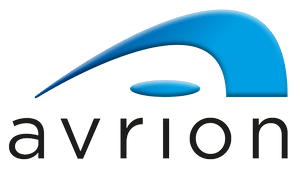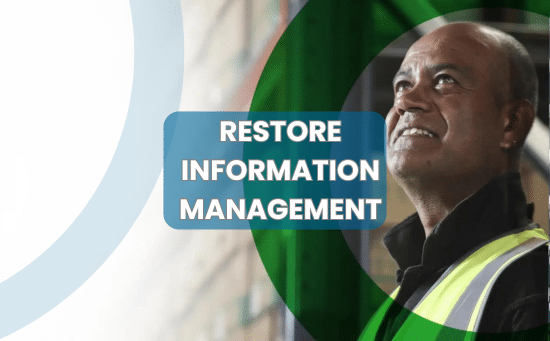Frequently Asked Questions
What is Power BI?
Power BI is a Microsoft tool that turns your data into interactive visual reports and dashboards.
Can I use Power BI with non-Microsoft data sources?
Yes, it connects to a wide range of external sources beyond Microsoft tools.
Is it suitable for non-technical users?
Yes, it has a user-friendly interface with drag-and-drop functionality.
Can you customise Power BI dashboards?
Yes, we build fully customised dashboards to suit your specific KPIs.
Do you offer Power BI implementation and support?
Absolutely – we provide setup, training, and long-term support.












